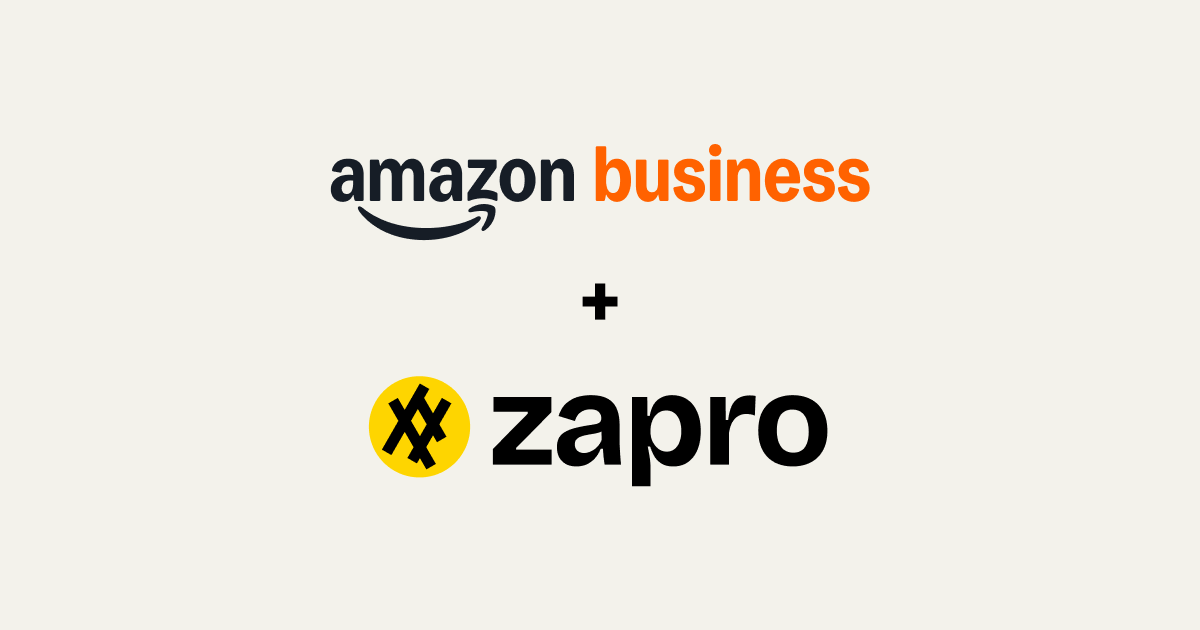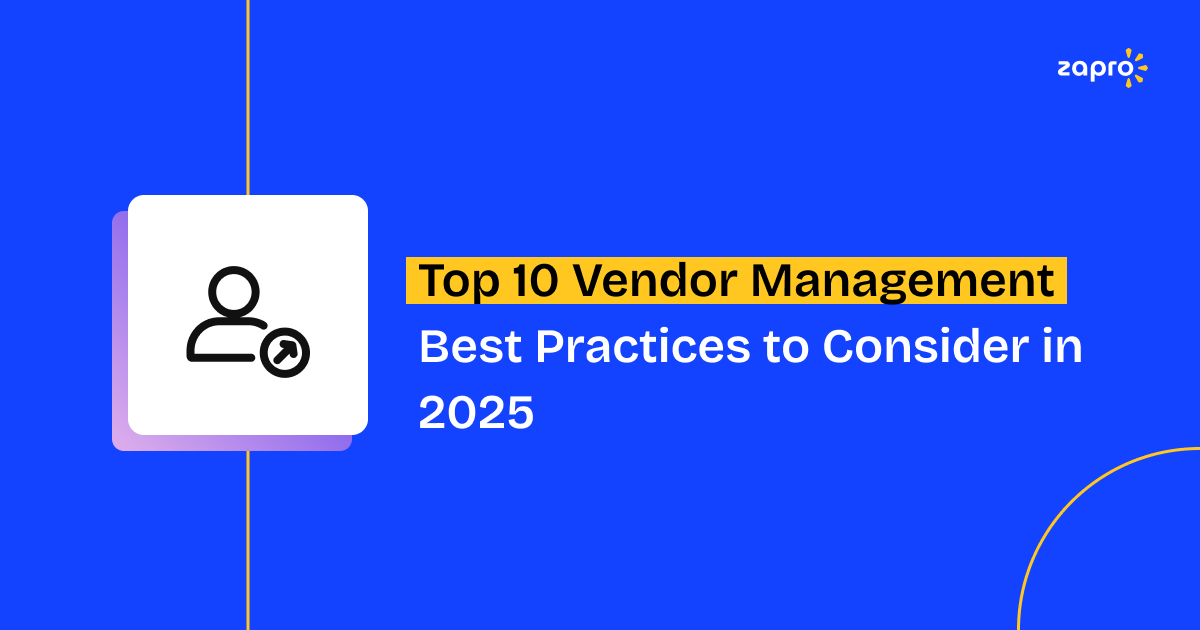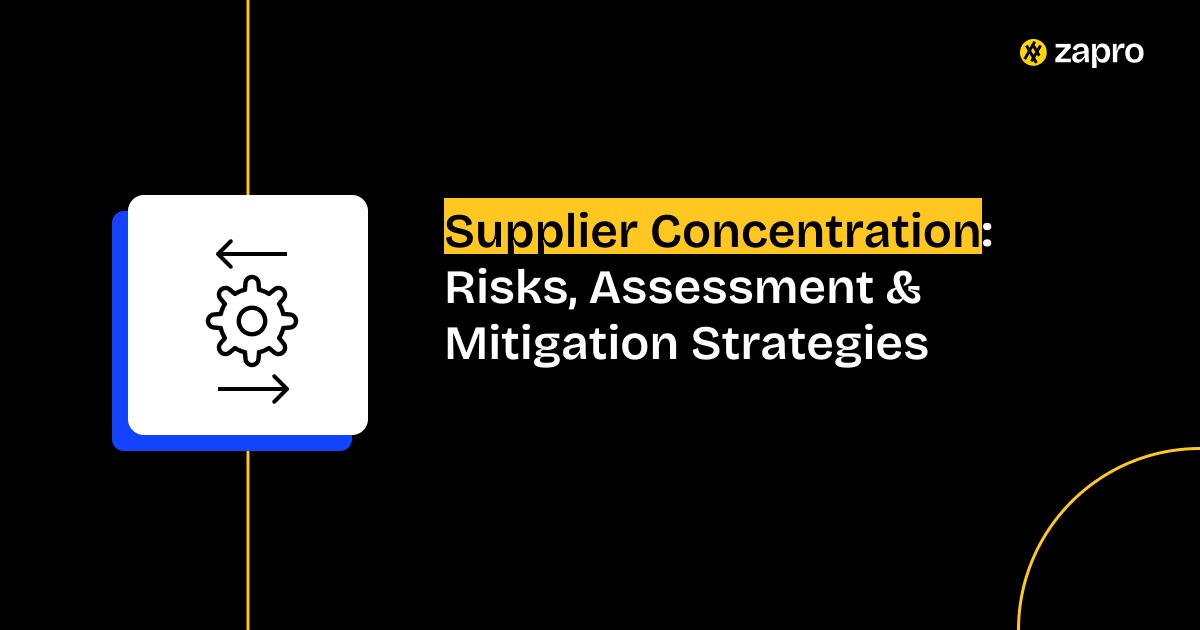You are Here: Vendor Management Solution >> Vendor Management Best Practices
Vendor relations cease to be transactional in 2025 and become strategic assets that can make or break business performance.
To keep up with changing supply chains, enhanced compliance regulations, and technologically transformed operations, vendor management has become a competitive necessity.
Following the right vendor management best practices entails not only discovering trusted partners but driving cost efficiency, innovation, and resilience.
10 Vendor Management Best Practices in 2025
The following 10 vendor management best practices are drawn from proven strategies, industry benchmarks, and emerging trends that leading businesses are using in 2025.
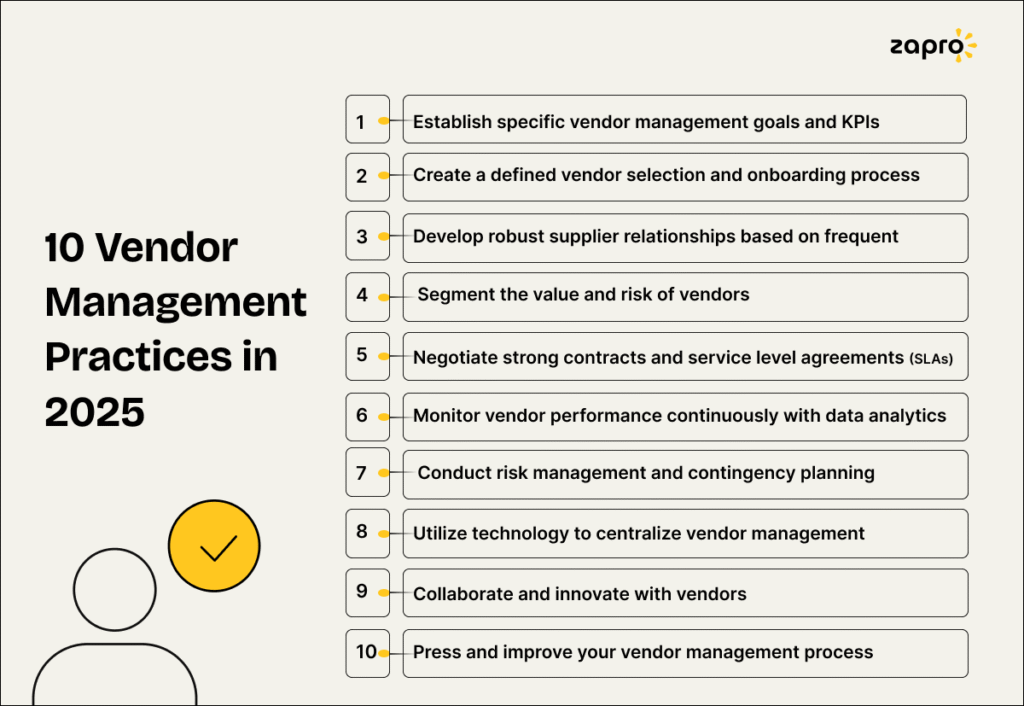
Each one is designed to help you build stronger supplier relationships, reduce risk, and maximize the value of every partnership, whether you manage a handful of vendors or a complex global supply chain.
Let’s break them down one by one.
1. Establish specific vendor management goals and KPIs
Solid vendor relationships start with clarity.
Pinpoint what you want to accomplish in business, cost reduction, speeding up deliveries, green initiatives, or innovation enablement, before you sign on the dotted line on a deal. Put said objectives alongside specific KPIs such as on-time shipment, defect rate, or compliance rating.
With a Vendor Management System, you can track these KPIs in real time, making it easier to spot performance trends and act quickly.
For example, Zapro allows you to configure vendor scorecards and automated alerts when KPIs fall below target.
2. Create a defined vendor selection and onboarding process
Haste can result in expensive misalignments. Develop a standard evaluation framework and well-defined selection criteria, quality, pricing model, history of compliance, soundness of finances, and cultural fit.
After selection, a rigorous onboarding process ensures selected vendors understand what they can expect, SLAs, and requirements of compliance.
Example: A global IT services firm uses Zapro to automate document workflows, vet compliance, and store onboarding records centrally. New vendors are onboarded in days instead of weeks, reducing time-to-productivity and mitigating risk.
3. Develop robust supplier relationships based on frequent communication
Clear and reliable communication prevents misunderstanding and instills confidence. Schedule periodic review meetings, share performance reports, and ensure feedback as two-way. A healthy relationship encourages the vendors to think of you first and give you preferential treatment.
Keep an open, common communication center with Zapro’s vendor portal. Your vendors can submit, answer questions, and view documents in real time, so you’ll never fall through the cracks.
4. Segment the value and risk of vendors
Not all vendors require the same level of control.
You should position them in strategic, preferred, or transactional levels based on business influence and risks.
Additional collaboration and monitoring may be requested of strategic vendors, but transactional ones can be tracked through lighter touchpoints.
For instance, good vendor management software like Zapro have an analytics dashboard that makes segmentation easy via consolidated mapping of vendor spend, performance score, and risk indicator in one view. It makes priority of resources and management attention where they have the greatest impact.
5. Negotiate strong contracts and service level agreements (SLAs)
Clear contracts protect both parties and reduce the likelihood of disputes. SLAs should detail deliverables, timelines, quality standards, penalties, and dispute resolution terms. A robust agreement sets the tone for accountability.
Zapro provides a central store of contracts with automated reminder notices of renewals so you’ll always be on top of essential dates and can renew terms in advance.
6. Monitor vendor performance continuously with data analytics
Robust performance monitoring is more than sporadic appraisal, it’s in-the-moment insight. Suppliers looking at supplier performance management (SPM) enjoy consistent value realization and accountability across contract life. The strategic value of SPM lies in promoting ongoing improvement.
A chain of stores deploys Zapro, monitoring such aspects as delivery accuracy and quality grades. Where performance declines, immediate dashboards call for corrective measures, so expectations aren’t simply reviewed every quarter, but real-time monitored.
7. Conduct risk management and contingency planning
Third-party risk runs the full range, from economic to security risks. Third-party management frameworks revolve around the detection, monitoring and reduction of such risks.
Example: A financial services company employs Zapro to indicate vendor non-compliance or credit risks. Via risk scorecards and notifications, groups anticipate and actively engage backup vendors or initiate mitigation measures prior to disturbances.
8. Utilize technology to automate and centralize vendor management
A robust Vendor Management System (VMS) pays big dividends:
- Automation of the process can cut errors in manual supervision up to 45%.
- Centralized dashboards provide visibility and control; up to 18% procurement cost reduction has been reported after implementing advanced analytics within VMS. (P Market Research)
Example: By leveraging Zapro’s automation and centralized vendor database, an enterprise cuts onboarding time by 30%, speeds up approvals, and ensures all vendor data and contracts live in one secure place.
9. Collaborate and innovate with vendors
Supplier Relationship Management (SRM) emphasizes enterprise-wide, two-way relationships designed for joint innovation and value creation.
SRM’s goal is maximizing the value from supplier interactions across the lifecycle.
With Zapro’s platform, an electronics maker conducts twice-a-year innovation workshops involving strategic suppliers. They ended up spotting opportunities for efficiency improvements that cut cost per unit by 5–10%, and developing new product improvements collaboratively.
10. Press and improve your vendor management process, again and again
Vendor management is not a “set and forget” proposition.
Ongoing review keeps the program fresh and reactive to market or organizational change. Ongoing learning and adaptiveness, enabling performance insights and risk data, fosters resilience.
A logistics firm performs quarter-by-quarter process audits through Zapro, capturing vendor feedback, performance data, and audit outcomes. This led to reducing the vendor management process cycle time by 20% within six months.
Why Zapro is the smartest way to manage vendors in 2025
Mastering vendor management in 2025 is not simply checking off the boxes on procurement to-do lists, but rather creating resilient, collaborative, and data-informed partnerships that can withstand whatever the market may bring. The best practices outlined provide you the roadmap, but where most companies fall short is in execution.
That’s where Zapro enters the picture.
Zapro is a Vendor Management System, but so much more, a vendor CRM. When Salesforce transforms customer relationship management, Zapro does the same for your supplier ecosystem. It brings together a set of 15+ isolated tools into one system of record to consolidate onboarding, risk management, compliance, communications, and performance monitoring into one, unified platform. Adieu to disjointed spreadsheets, lost email threads, and overlooked contractual terminology.
While other procurement software simply examines transactions, Zapro Vendor Management Software tracks the full life cycle of the relationship. You get 360° visibility into all of your suppliers, email, call, minutes of meetings, records of performance, so should team members depart, the context of what they were doing never gets lost.
And, through vendor intelligence and incorporated integrated risk management, you can identify questionable suppliers before they impact the way you operate.
The results speak for themselves:
- 30%+ cost reduction through better procurement choices
- Vendor onboarding time cut in half
- Full transparency in all vendor interaction and transactions
In short, Zapro doesn’t just help you manage vendors, it helps you unlock their full potential. If you’re ready to put these best practices into action and turn vendor management into a true competitive advantage, Zapro is your all-in-one solution.
Start building stronger, smarter vendor relationships today with Zapro.
Don’t miss our weekly updates
We’ll email you 1-3 times per week—and never share your information.
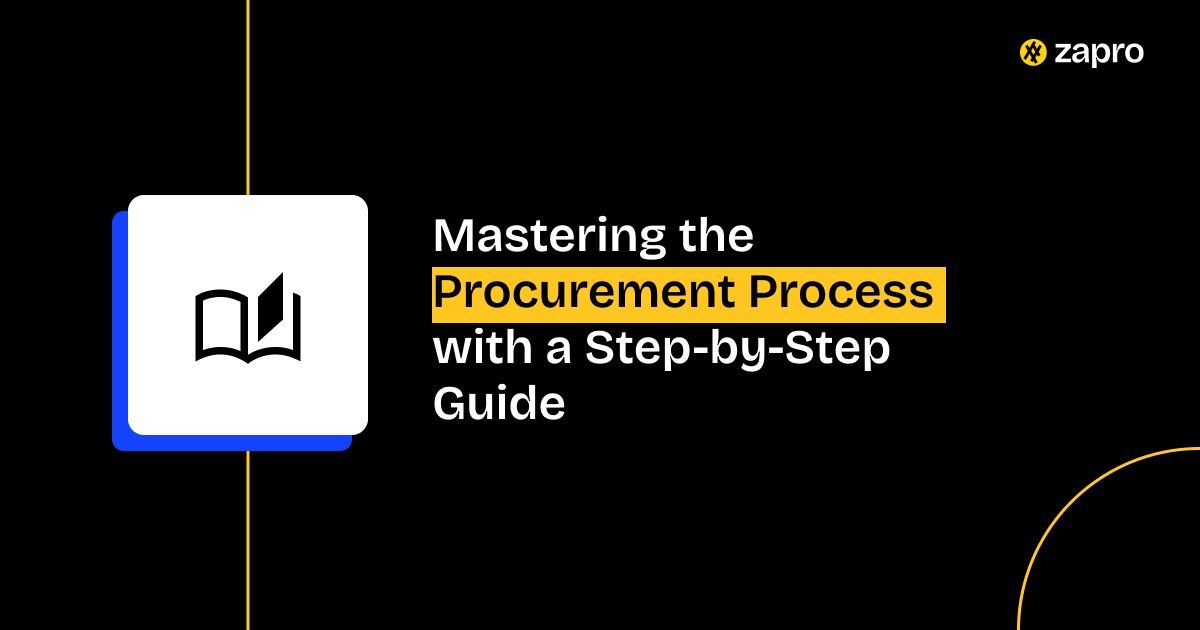
 Healthcare
Healthcare Financial Services
Financial Services Technology
Technology Venture Capitalist
Venture Capitalist Chief Procurement Officer
Chief Procurement Officer Chief Financial Officer
Chief Financial Officer